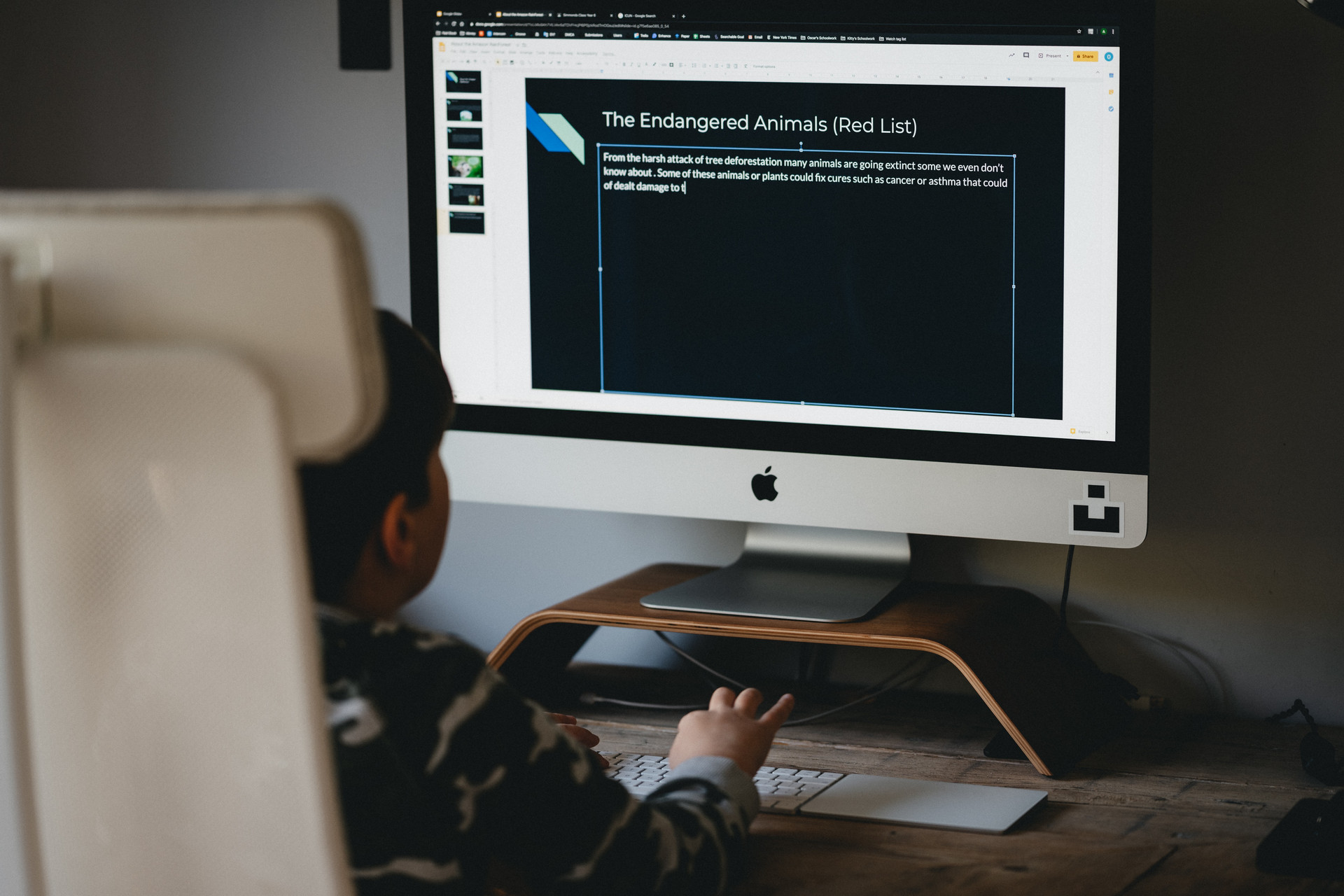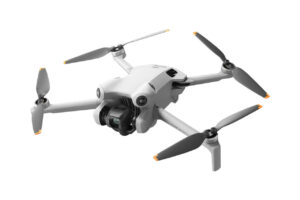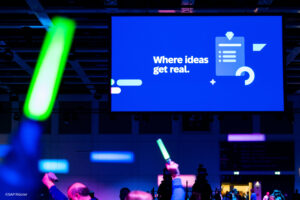
For the past couple of years, my two primary school-going kids have been exploring and building up virtual homes on Minecraft on my Dell laptop.
They have farm animals, long slides and water features in their many digital abodes in the world-building game loved by kids and adults. All that, however, was built under a moniker that included “moronman”, or my Xbox gamertag or ID.
By now, asking the kids to rebuild what they have spent a long time setting up online is like tearing up their Lego castles and telling them to redo everything.
As any gamer will testify, losing an important saved game is painful; this was losing years of progress.
So, for now, I’m stuck with having them use my ID for their virtual adventures while I contemplate setting up their own gamertags that would allow them to play their own games in future and keep their progress.
These gamertags, since they are set up as child accounts, will also come with parental supervision tools that Microsoft provides.
If Junior is spending too much time on his games online, a parent can simply limit the amount he is given. Once the limit is reached, he has to seek permission for more time.
This provides a teachable moment as well. By explaining why the time is limited, a parent can reiterate the dangers of addiction and the need to spend time on other activities away from a digital device.
Of course, all this hinges on the setting up of digital IDs for your kids early on. It’s a process that many parents, afraid of giving too much digital access, shy away from.
I certainly hadn’t contemplated my kids playing games, never mind setting up their own virtual worlds, until they started building and building once I gave them Minecraft. Now, it feels a little late.
To my defence, I had already set up separate e-mail addresses for them because they are needed by so many digital services today. Want to set up an e-reader account on Kobo? Or simply log in to Windows as a separate user on a laptop shared with a parent? You should get an e-mail set up for your child.
That’s the first and most basic digital ID needed. From here, everything flows, including your gamertags and other IDs needed by digital services that he or she may consume as they grow.
It helps too that Windows now comes with parental control tools that are easy to use and similar to the Xbox parental tools.
From your Microsoft family account, you can track and limit the amount of screen time spent on a PC and also monitor the websites that your child has accessed.
I haven’t set a limit for my kids because I think it’s necessary to keep nagging at them to “parent” them, as it were, though there have been times I’ve been so frustrated I admit I was close to pressing the button to cut off their screen time to let them know who’s boss!
This, of course, comes back to the idea of digital IDs. If I hadn’t set up separate accounts for both kids to log on to my laptop, I would not have been able to monitor and limit their usage, while also preventing them from accidentally deleting all my stuff on the PC.
The challenge, unfortunately, is that one digital ID isn’t going to cut it for very long. Around the time the Microsoft Xbox/Minecraft conundrum came up at home, my son also asked me if I could buy him a “Steam game”.
So, he was playing a free game on the Web browser and found that there was a full version sold on the Steam Web store, which he had found online.
Unfortunately, after I spent a few dollars to purchase Shapez, a game that involved setting up a factory assembly line (I know), I found that it was tied to my own Steam account.
Now, I needed to set up a separate bunch of Steam accounts for my kids to keep their game progress on another platform. Yikes.
The upside to all this, as I learnt from a recent Microsoft Xbox media event in Singapore, is that parents can join their children in playing games and make it a social and bonding experience.
When I started playing PC games in my 20s, in the 1990s, this was a geeky, often lonely, endeavour. You played games in your dorm room or bedroom and there was almost no social element.
Today, that’s the opposite. Gaming is a social event now – I’ve seen a couple sit at Starbucks staring at their own laptops, engrossed in a game, while on a date – and it’s a common activity for any young person.
As a parent who has spent decades playing games (including on the early Nintendos and CBS ColecoVision consoles in my childhood), I have many unique experiences I can share with my kids on gaming and computers.
My advice to many parents today, who would have had some sort of gaming or computing experience in their youth, is to set up a digital ID early for their children.
Yes, this may seem contrary to the idea of limiting a child’s screen time, something that’s already a struggle in an era of always-on social media and digital excess.
However, by setting up unique IDs early for the kids, parents can allow access in a controlled, organised manner. Plus, the children get to keep and learn from the progress they’ve made over the years throughout their digital journey.






